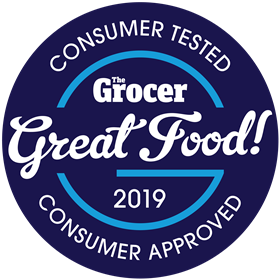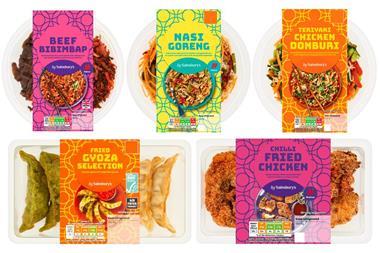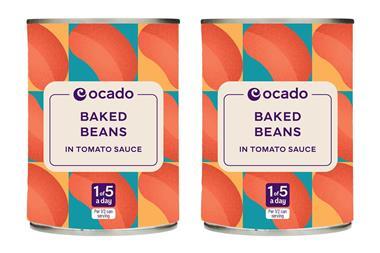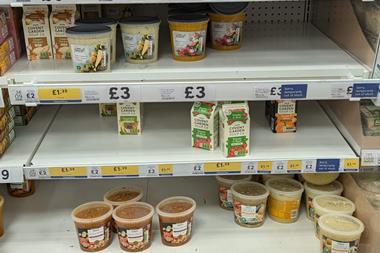
Everyone in supply wants to have a brand.
Whether it’s control over direction or the sheer volume of sales at higher internal margins, surely there’s no slicker way to that superyacht. Except that now 70% of your retailer customers don’t want brands!
The retailers reluctantly offer the minimum number of brands to keep shoppers happy, while overtly using own label to snatch at your margin.
The exception to this is the honeymoon period for young, super-cool brands, which are currently welcomed enthusiastically to the table by retailers. But those same young brands are like rabbits in the headlights when, two years down the track, they show the first signs of becoming medium-sized – and are met with all manner of demands to wreck their superyacht dreams. Turns out those young brands were only courted as a foil to take down the bigger brands.
Own label suppliers don’t have it easy either. They may be on the inside and part of retailers’ differentiation strategies, but the pressures are very different and, in many ways, more brutal – short contract lengths and industry over-capacity mean one minute you’re the toast of the category, and the next minute you’re just toast.
The latest trend for retailers is to minimise their range changes. I don’t mean the six-monthly tweaks, but the data-led major reviews that were annual but are now moving towards biannual. This is driven by the fact that shoppers hate the changes and prefer consistency and familiarity.
The huge problem for brands is that unsuspecting shoppers who love their routine don’t realise what they’re missing out on – and innovation schedules are getting put on hold as a result. All this plays right into the hands of Amazon, which of course doesn’t have the same restraints and can offer a huge range of brands and NPD at all times.
At the same time as brands are struggling to get new innovation listed, own label ranging decisions are continuing apace as those changes simply happen at the buyers’ whim.
The anti-brand feeling from the retailers is understandable but nevertheless distasteful and risks a potential backlash. Just as brands used to be criticised for proliferation and complexity in their portfolios, the same could now be said of multi-tier own-label ranges, which are growing increasingly haphazard.
What’s more, even though retailers have clearly focused on own label to build shopper loyalty, a British Brands Group/Shopper Intelligence survey showed last year that brand shoppers were up to 50% more loyal, 70% more likely to switch stores to find products, 400% more responsive to promotions, 35% more accepting of higher price tags, and 30% more likely to try new things than own label shoppers.
Instead of obsessing about the role for brands, retailers need to create a coherent role for own label that is not just about stealing share from brands but driving loyalty in a blended offer. Solely branded suppliers don’t know how to hit this sweet spot either: instead, I believe the best-placed suppliers today have a dual-supply strategy. And soon, a superyacht!

Interested in own label? The Grocer Own-Label Accreditation Scheme allows UK retailers to gain independent consumer approval of their products and a robust, objective analysis of their quality and purchase intent.
The accreditation scheme is unique and offers continuous review by consumers for consumers. It also delivers quick results to optimise sales during key seasons as well as promote trial of new and exciting lines.



















No comments yet